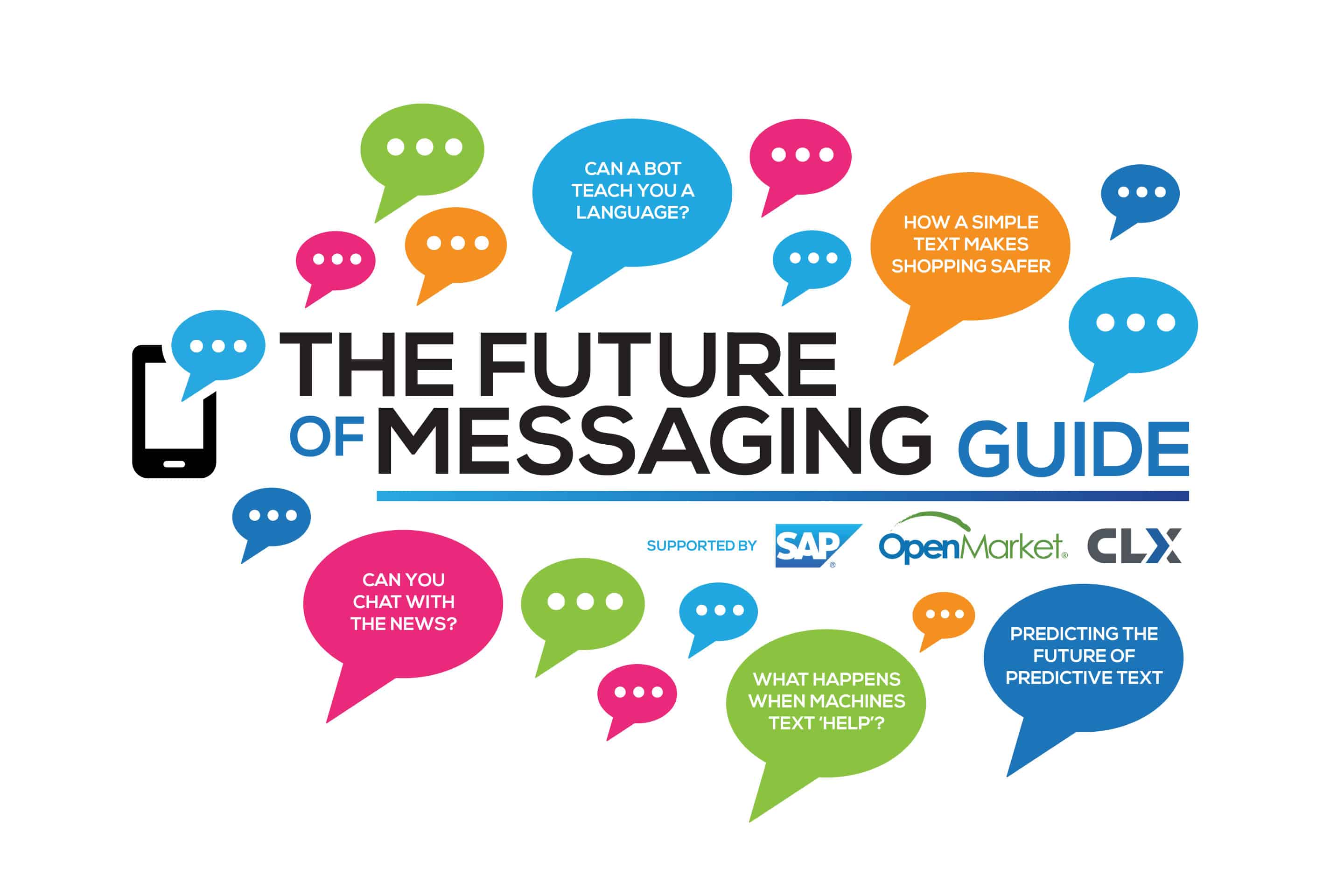Every day Duolingo helps 150 million people learn languages for free. But until recently, says Duolingo’s Gina Gittholf, learners couldn’t practice conversation. Now, they can – thanks to message bots. Gittholf spoke to MEF Minute’s Tim Green about how Duolingo’s messaging bots are helping the students climb the learning curve for MEF’s free Future of Messaging Guide.
The mere idea of a chat bot is hard for many people to understand. But one that speaks in a foreign language? Surely that’s just a step too far.
Not for the makers of language-learning app Duolingo. For them, friendly bots like Chef Roberto (the pizza maker) and Renée the driver have solved a huge problem: how to get people talking in a new language without self-consciousness.

Duolingo is a free app that helps people learn foreign languages through memory puzzles. Users can earn virtual currency called Lingots, which they can spend on extras. There’s also a progress bar on top that expands or shrinks to reflect performance. Learners can also compare their progress with that of their friends. Essentially it employs the techniques of video games to make learning and retaining information fun.
The chat gap
The fact that it works – and that it’s free – has helped Duolingo gather 150 million users. But for all its progress, Duolingo had a sticking point: users couldn’t chat.
Gina Gotthilf, VP of growth at Duolingo, explains: “One of the main reasons people learn languages is to have conversations in that language.

“Talking to a bot isn’t awkward or daunting at all. It’s an experience that’s fully in your control and provides a way to practice conversation privately, without the fear of sounding unintelligent.”
They want to travel and have a more authentic experience, make friends, get a job or communicate with family. Yet the way we learn languages – memorising vocabulary and learning grammar rules – is very different from coming up with things to say in real-time.”
The obvious solution was to pair, say, a German learning Italian with an Italian learning German. But when Duolingo tried this it found that people were too embarrassed for it to be effective. The gap in ability between the two was too great. “Speaking a language and being able to help someone else, or teach it, are very different things,” says Gotthilf. “Also, it’s awkward speaking with strangers on camera, especially in a language you don’t really know.”
Then came Roberto and the other bots. They solve the problems arising from human encounters. In a chat session, they text simple questions that demand obvious answers. Tricky words are highlighted (users can click to see translations) and there’s an autocomplete function that kicks in when learners are using the correct word. Chat sessions are short.
End of awkward
Gina Gotthilf says: “Talking to a bot isn’t awkward or daunting at all. It’s an experience that’s fully in your control and provides a way to practice conversation privately, without the fear of sounding unintelligent. They also actively help you respond when you’re stuck, teach you different ways to respond to different situations, and let you think before you have to reply instead of demanding an immediate reaction.”
Interestingly, these teacher-bots don’t seem to be affected by the usual shortcomings of AI chat. In a customer care scenario, for example, bots can misconstrue a question or its nuance. But here, the nature of the conversation is limited and basic. And, indeed, it’s the bot that’s teaching the human.
For now bots are available for English speakers learning Spanish, French and German, but more options are coming soon. Even more significantly, Duolingo will add voice recognition so that learners can talk to the bots.
Download the Future of Messaging Guide
The Future of Messaging Guide explores the uses cases, platforms & technologies that are changing the landscape of messaging globally. From A2P to OTT, chat bots to smart machines, we explore how the world’s most powerful medium is shaping up for tomorrow.
The guide features over 25 cross-sector case studies and exclusive interviews that examine the power of messaging in all its forms from the humble SMS and chat apps to emerging platforms and explores what’s next for messaging.





